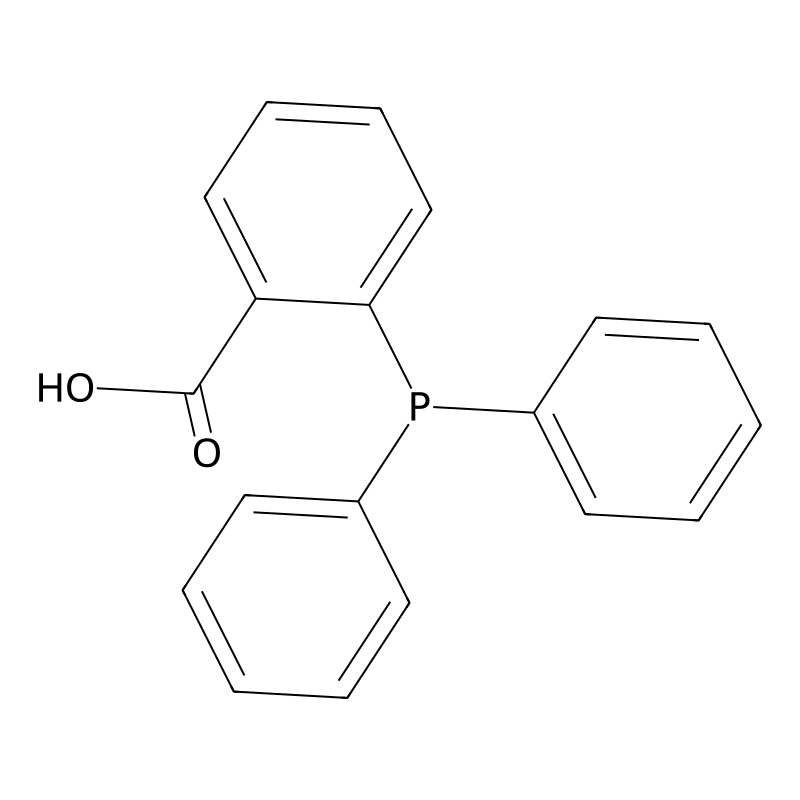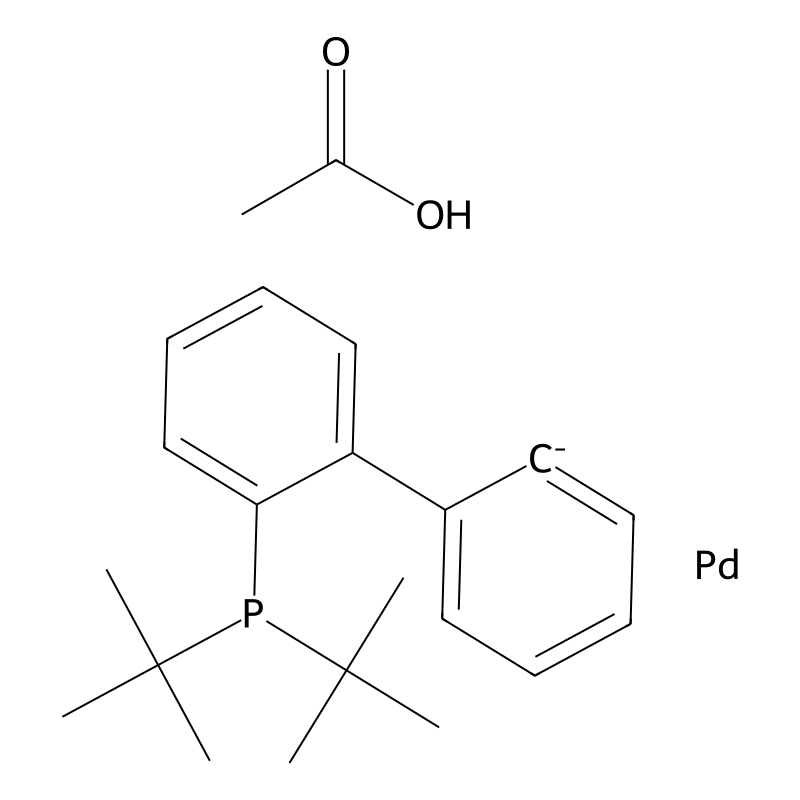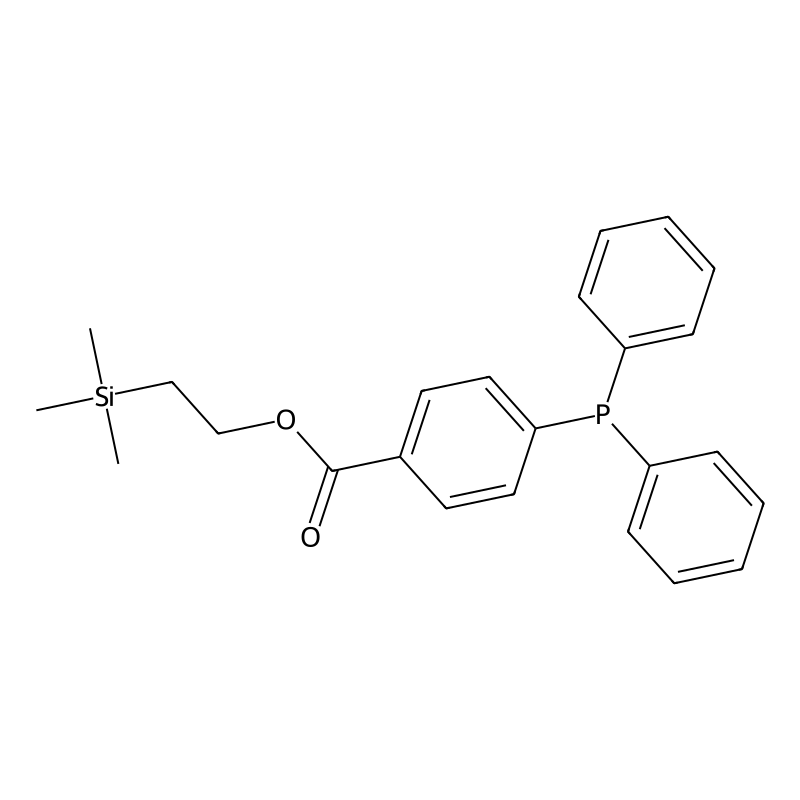Buchwald Catalysts & Ligands
CAS No.:17261-28-8
Molecular Formula:C19H15O2P
Molecular Weight:306.3 g/mol
Availability:
In Stock
CAS No.:739-58-2
Molecular Formula:C20H20NP
Molecular Weight:305.4 g/mol
Availability:
In Stock
CAS No.:577971-19-8
Molecular Formula:C22H30O2PPd-
Molecular Weight:463.9 g/mol
Availability:
In Stock
CAS No.:566190-45-2
Molecular Formula:C24H27O2PSi
Molecular Weight:406.5 g/mol
Availability:
In Stock
CAS No.:308103-66-4
Molecular Formula:C18H15K2O7PS2
Molecular Weight:516.6 g/mol
Availability:
In Stock
CAS No.:359803-53-5
Molecular Formula:C28H37ClNPPd
Molecular Weight:560.4 g/mol
Availability:
In Stock





![[(1R,4S)-2-bicyclo[2.2.1]heptanyl]-[(1S,4R)-2-bicyclo[2.2.1]heptanyl]phosphane;chloropalladium(1+);N,N-dimethyl-2-phenylaniline](/img/structure-2d/800/S3550145.png)